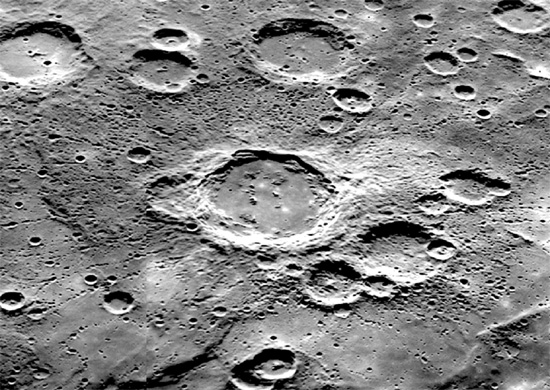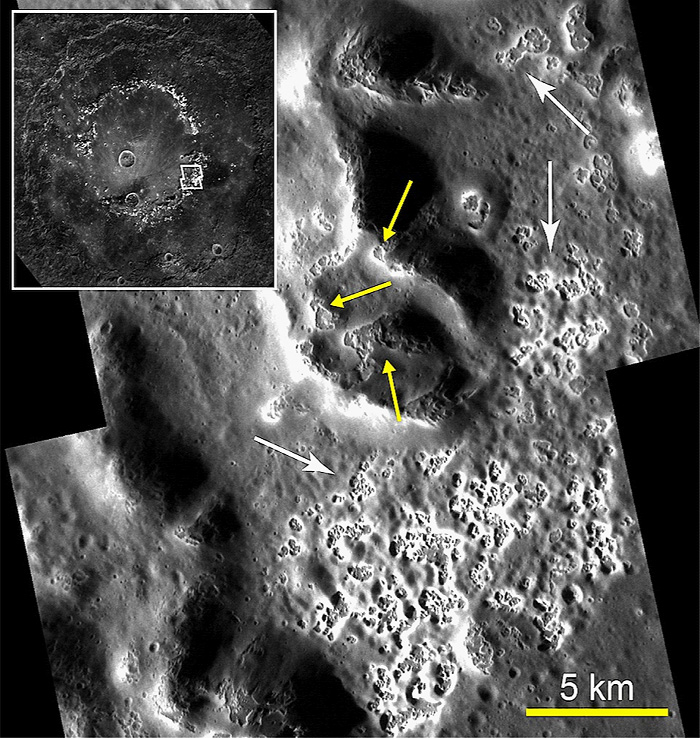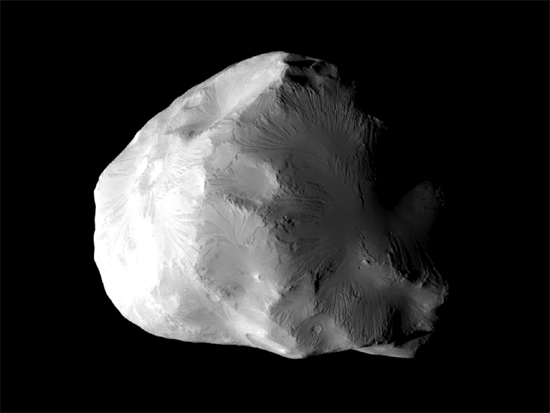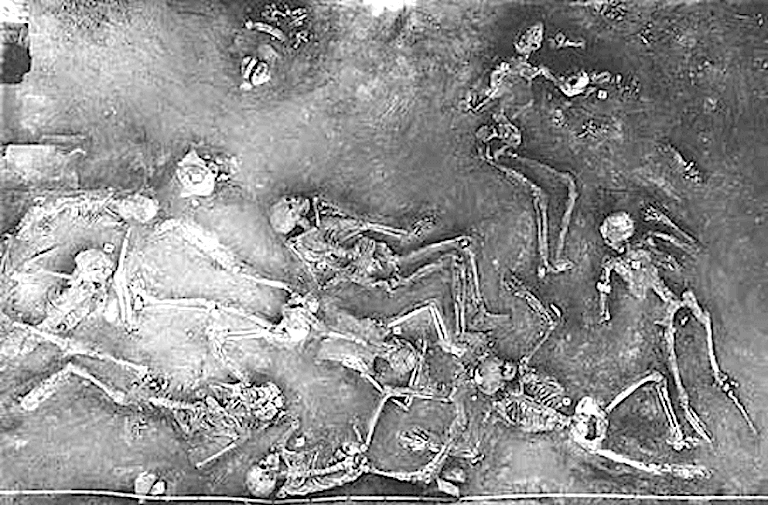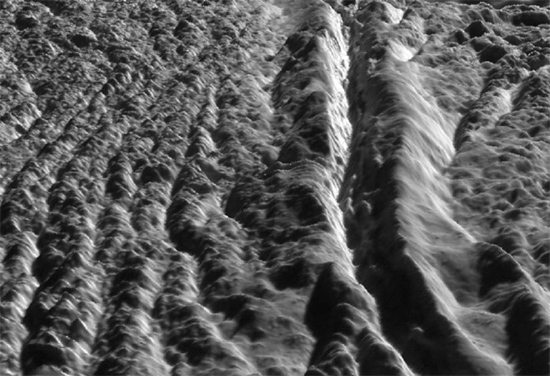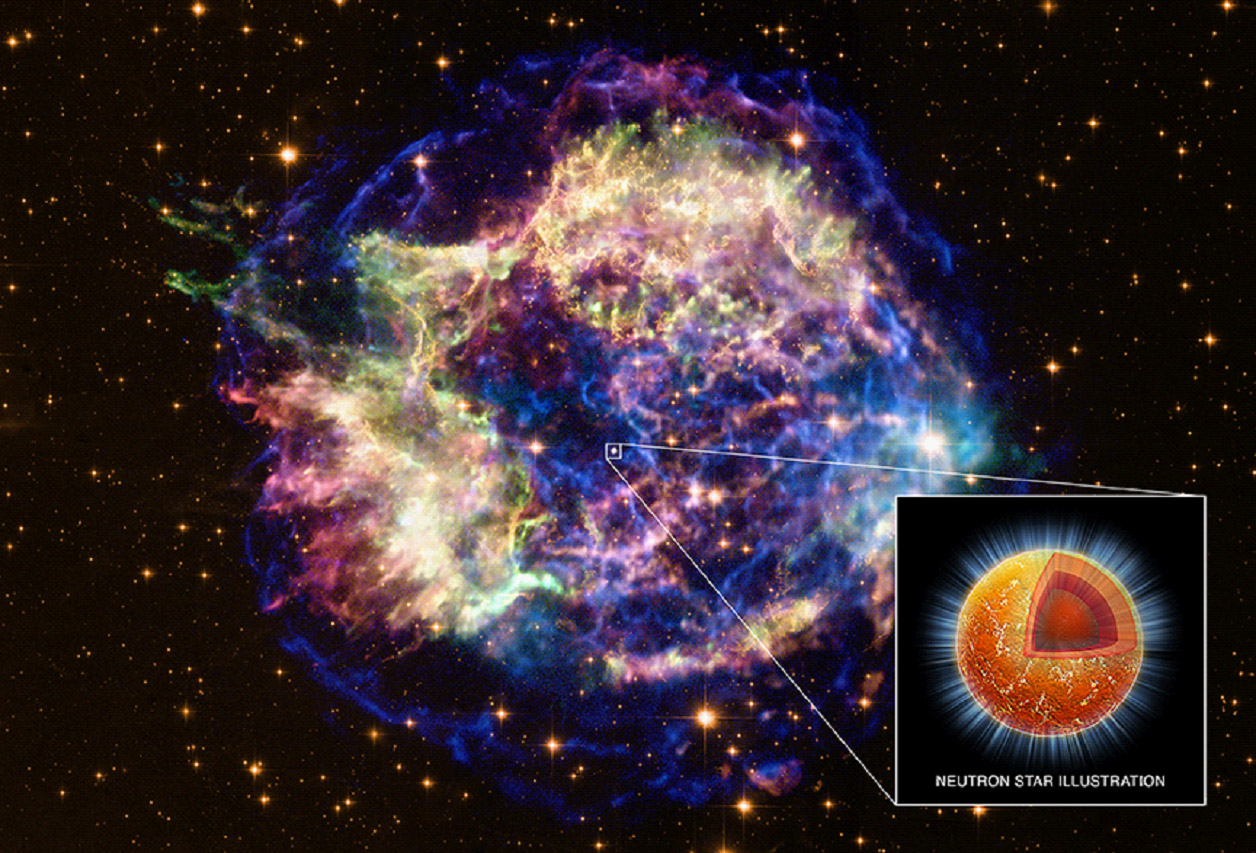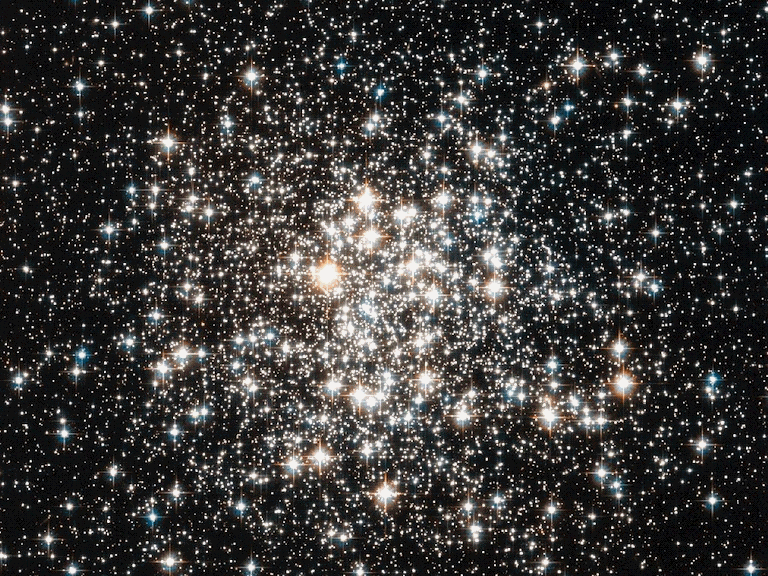Paramagnetic Planet
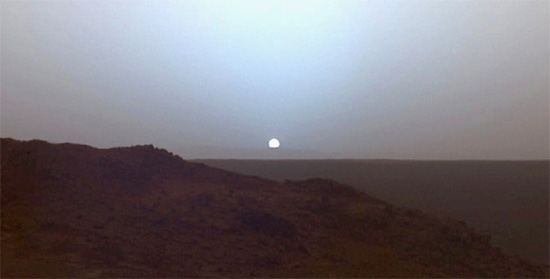
Oct 29, 2013 A new mission designed to study the Sun’s electrical relationship with Mars will soon be launched. Sometime in the morning a few months from now, between November 18 and December 7, 2013, NASA will launch the Mars Atmosphere and Volatile Evolution Mission. Otherwise known as MAVEN, the…






